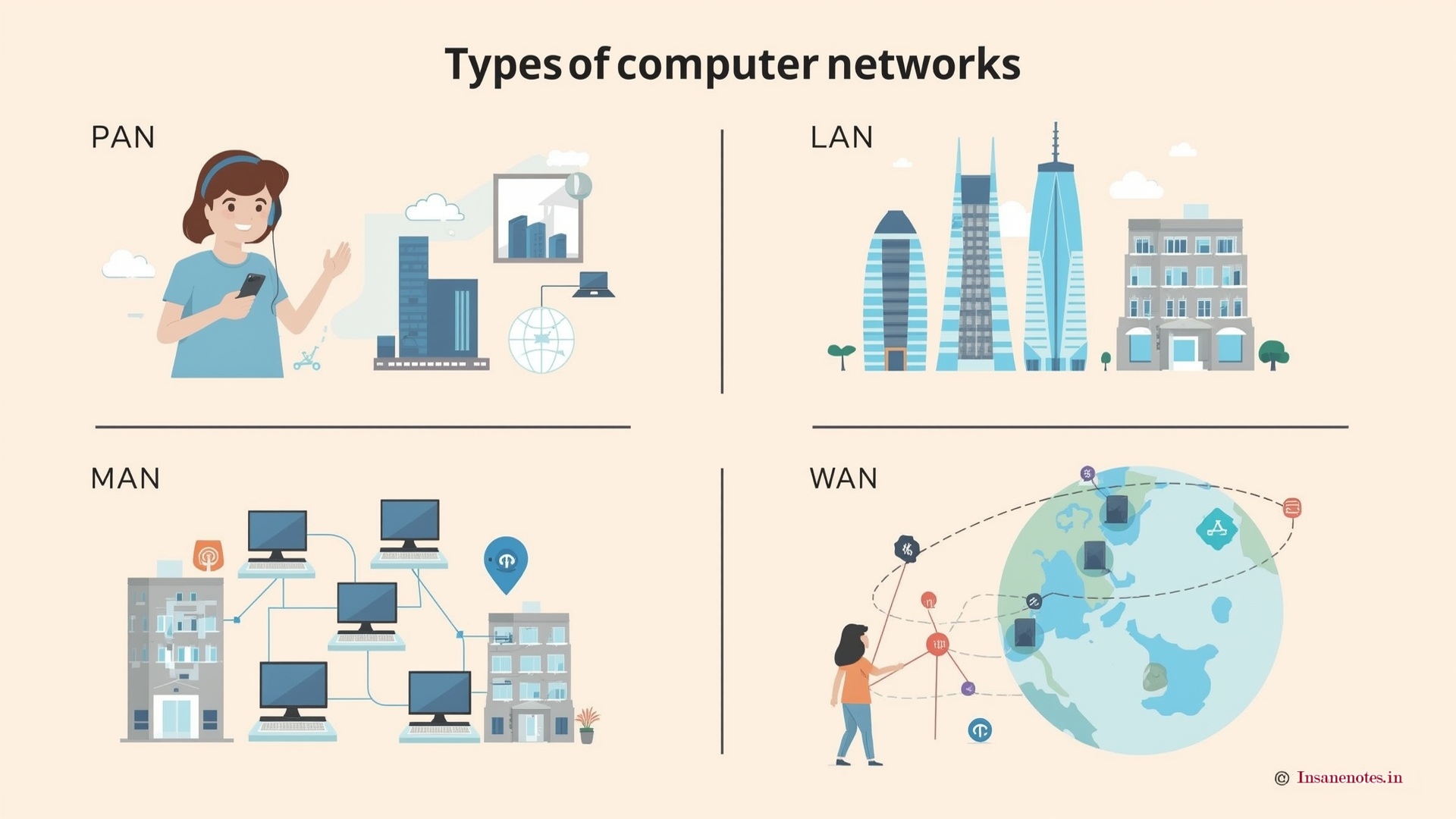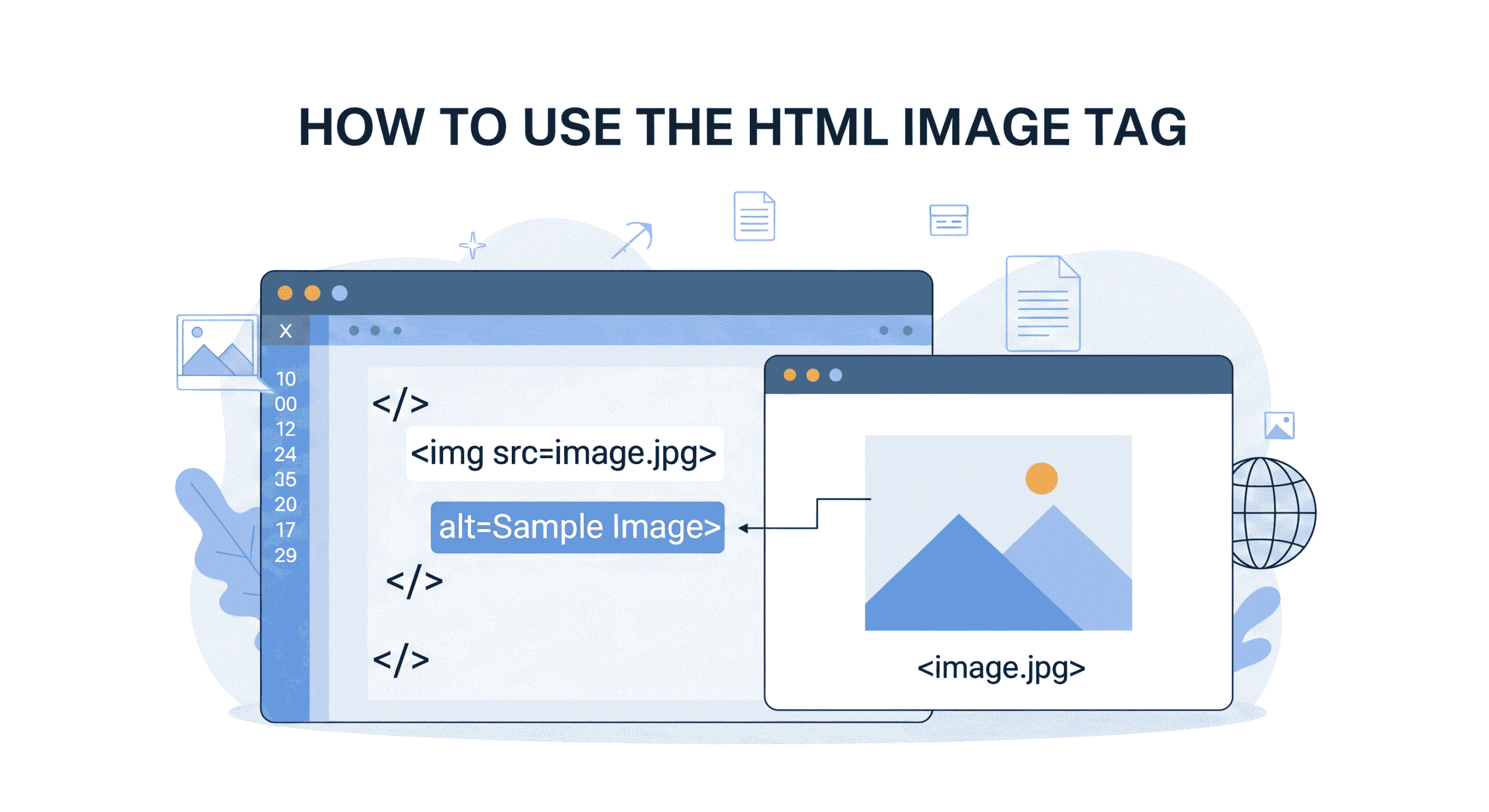Best AI tools like ChatGPT 2025
Exploring ChatGPT Alternatives: A Step-by-Step Guide to Finding Your Ideal AI Assistant
Artificial Intelligence (AI) has transformed how we approach tasks like content creation, research, and problem-solving. While ChatGPT remains a popular choice, its limitations—such as outdated data and generic outputs—drive users to explore ChatGPT alternatives. This guide walks you through the process of selecting the right AI tool for your needs, offering detailed insights into top competitors, their unique strengths, and practical use cases.
Step 1: Understand What ChatGPT Offers (and Where It Falls Short)
ChatGPT, powered by OpenAI’s GPT-4, is a versatile language model designed for conversational interactions. Its appeal lies in its ability to:
- Generate human-like text for blogs, emails, or social media.
- Simplify complex topics through summaries or analogies.
- Assist with coding challenges and debugging.
However, ChatGPT has notable limitations:
- Outdated Knowledge: Its training data cuts off in January 2022, making it unreliable for real-time queries (e.g., “What’s the latest Python framework?”).
- Generic Outputs: While proficient at drafting content, it often lacks niche expertise (e.g., SEO optimization or industry-specific jargon).
- Privacy Concerns: Sensitive data shared with ChatGPT may be stored for model improvement, which raises red flags for businesses.
Why This Matters: Identifying gaps in ChatGPT’s capabilities helps you pinpoint what to look for in alternatives.
Step 2: Define Your Needs
Before diving into ChatGPT alternatives, ask yourself:
A) What’s Your Primary Use Case?
- Content Creation: Do you need templates, brand voice customization, or SEO tools?
- Research: Are real-time data or source citations critical?
- Coding: Do you require support for niche programming languages?
- Personal Use: Are you seeking quick answers or creative brainstorming?
B) What’s Your Budget?
- Free tools like Google Bard or Perplexity work for casual users.
- Paid tools like Jasper ($49/month) or Claude 2 ($20/month) suit professionals needing advanced features.
C) Do You Prioritize Privacy?
Enterprise users often prefer tools like Claude 2, which emphasizes ethical AI and data security.
Step 3: Evaluate Top ChatGPT Alternatives
Here’s a breakdown of leading tools, their best features, and ideal users:
1. Claude 2 (Anthropic)
Best For: Researchers, writers, and developers
- Key Features:
- 100,000-Token Context Window: Analyze lengthy documents (e.g., research papers or legal contracts) in one go.
- File Uploads: Process PDFs, CSVs, and codebases directly.
- Ethical AI Design: Refuses harmful requests and prioritizes user privacy.
- Drawbacks: No mobile app; slower than ChatGPT for quick chats.
- Use Case: A legal team uses Claude 2 to summarize 50-page contracts and highlight critical clauses.
2. Google Bard (Gemini)
Best For: Casual users and Google Workspace enthusiasts
- Key Features:
- Real-Time Web Access: Pulls the latest data from Google Search (e.g., “Current stock prices for Tesla”).
- Workspace Integration: Draft emails in Gmail or brainstorm ideas directly in Google Docs.
- Drawbacks: Struggles with creative storytelling and nuanced prompts.
- Use Case: A student uses Bard to gather recent statistics for a climate change essay.
3. Microsoft Bing Chat (Copilot)
Best For: Researchers and content creators
- Key Features:
- GPT-4 + Web Access: Combines ChatGPT’s fluency with real-time data.
- Image Generation: Creates visuals via DALL-E 3 (e.g., “A futuristic cityscape in neon colors”).
- Drawbacks: Limited to Microsoft Edge; 30 chats per session.
- Use Case: A marketer generates blog graphics and fact-checks claims using Bing’s cited sources.
4. Jasper
Best For: Marketing teams and businesses
- Key Features:
- 50+ Templates: Speed up ad copy, blog outlines, or product descriptions.
- Brand Voice Customization: Train Jasper to mimic your company’s tone.
- Drawbacks: Expensive for solo users; no free plan.
- Use Case: A startup uses Jasper to maintain consistent branding across social media and newsletters.
5. Perplexity AI
Best For: Students and fact-checkers
- Key Features:
- Instant Source Citations: Every answer includes links to references.
- “Copilot” Mode: Refines searches through follow-up questions.
- Drawbacks: Lacks tools for long-form content.
- Use Case: A journalist verifies claims for an article using Perplexity’s cited sources.
6. Poe by Quora
Best For: AI enthusiasts and experimenters
- Key Features:
- Multiple Models in One Place: Test ChatGPT, Claude, and niche bots (e.g., a cooking assistant).
- Drawbacks: Quality varies across bots; limited customization.
- Use Case: A developer compares coding responses from ChatGPT and Claude to find the most accurate solution.
Step 4: Compare Pros and Cons
| Tool | Best For | Pros | Cons |
|---|---|---|---|
| Claude 2 | Long-form analysis | Huge context window, ethical focus | No mobile app |
| Google Bard | Real-time data | Free, integrates with Google | Less creative |
| Bing Chat | Research + visuals | Source citations, DALL-E 3 images | Limited to Edge browser |
| Jasper | Branded content | Templates, brand voice tools | Expensive |
| Perplexity | Fact-checking | Fast answers with sources | No long-form writing |
| Poe | Multi-model testing | Access to diverse AI models | Unreliable niche bots |
Step 5: Test Before Committing
Most ChatGPT alternatives offer free tiers or trials:
- Start Small: Use free versions of Bard or Perplexity for basic tasks.
- Assess Output Quality: Compare how different tools handle your prompts.
- Check Integration: Ensure the tool works with your existing apps (e.g., Google Workspace).
Step 6: Stay Updated on AI Trends
The AI landscape evolves rapidly. For example:
- Open-Source Models: Tools like Meta’s LLaMA 2 allow developers to customize AI for specific needs.
- Multimodal AI: Future tools may combine text, image, and video generation seamlessly.
Final Recommendation
- Casual Users: Stick with Google Bard or Bing Chat for free, real-time answers.
- Writers/Researchers: Choose Claude 2 for deep analysis or Jasper for branded content.
- Developers: Experiment with Poe to compare coding outputs across models.
Pro Tip: No AI tool is flawless. Always review outputs for accuracy, tone, and relevance. For instance, AI might misquote a statistic or use an inappropriate metaphor. Pair these tools with human judgment for optimal results.
Why This Process Works
By systematically evaluating your needs, testing tools, and staying informed, you avoid the “one-size-fits-all” trap. ChatGPT alternatives exist to fill specific gaps—whether it’s real-time data, privacy, or niche expertise. The right choice isn’t about finding the “best” AI, but the one that best aligns with your workflow and goals.
As AI continues to advance, diversifying your toolkit ensures you’re always equipped with the latest innovations. Remember: these tools are assistants, not replacements. Your creativity and critical thinking remain irreplaceable.


